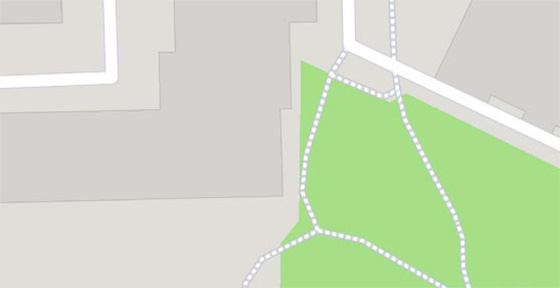Cave of the Pont d'Arc
Local name: Caverne du Pont d'Arc
Chauvet Cave is one of the most important archaeological sites in Europe. It was discovered in 1994. Its entrances were filled in for about 20,000 years. On its walls there is a set of rock paintings depicting various animals. Due to the importance of this discovery, the cave was not open to visitors. A faithful replica was built in the vicinity that can be visited.
The Chauvet Cave has been on the UNESCO list since 12014. In the corridors and chambers, traces of human life were discovered from about 30 thousand and 27 thousand years BC. In addition to animal bone fragments, weapons, stone tools and hearth traces, more than 300 representations of cave animals have been discovered here. In the drawings you can see cave bears, mammoths, hairy rhinos, bison and cave lions. There is also the oldest known image of the owl.
In 2015, a faithful copy made in computer imaging was opened next to the original cave. In the futuristic building, the interior of the cave was recreated along with all the cave paintings. This allows reconciliation of tourist traffic with the need to secure the original object and the work still carried out by scientists.
Attractions inside




